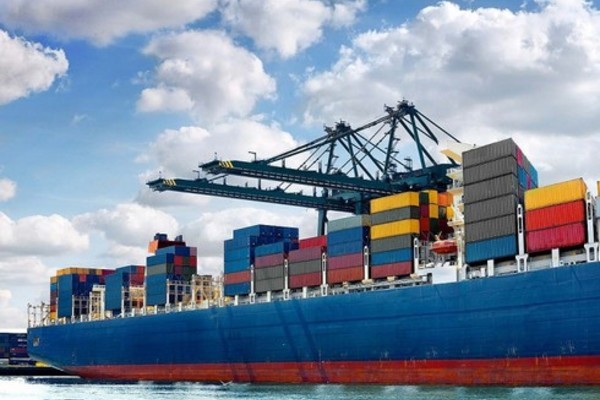 |
Of the overall figure, total export turnover hit US$205 billion, while import turnover stood at over US$198 billion.
During the first half of October, the country’s total import-export turnover hit close to US$21 billion, resulting in the nation suffering from a trade deficit of US$369 million.
Throughout the reviewed period, three main categories of export goods recorded a turnover of over US$1 billion, including telephones and components, computers, in addition to electronics and components.
By early December, import and export turnover is forecast to reach US$500 billion. This figure has been calculated in the context of both the growth rate and the scale of import and export turnover being higher during the final few months of the year.
This can largely be attributed to businesses preparing goods for large global shopping events such as Christmas, New Year, and the Lunar New Year festivals in Vietnam and other Asian countries.
In 2017, Vietnam’s import and export turnover of goods racked up US$400 billion for the first time, a two-fold in value after six years the country touched the US$200 billion mark.
Most notably, import-export value has recorded strong growth since 2015 with the nation signing a number of free trade agreements with the Republic of Korea, the Eurasian Economic Union, and ASEAN.
Aside from dramatic changes witnessed in the overall data, the structure of import and export of goods has also undergone positive chances, mainly focusing on industrial goods.
With regard to export turnover, the country has about 30 categories of export products which reach an annual turnover of US$1 billion, including a few high-value items such as textiles, footwear, coal, and crude oil. VOV

VN runs US$ 7.15 billion trade surplus in nine months
In the second half of September (from September 16 to September 30), Viet Nam’s export turnover hit US$ 24.07 billion, up 16.2% against the first half of September.

Trade war heats up Vietnam’s realty market
Foreign firms usually apply the ‘China+1’ model, which means that they build a facility in China and then look for a new destination to become an intermediary location or to serve as a target for expansion and relocation in the future.
 Vietnam recorded a trade surplus of over US$6.8 billion between the beginning of the year and October 15 with total import-export turnover reaching over US$403 billion, according to statistics released by the General Department of Vietnam Customs.
Vietnam recorded a trade surplus of over US$6.8 billion between the beginning of the year and October 15 with total import-export turnover reaching over US$403 billion, according to statistics released by the General Department of Vietnam Customs.